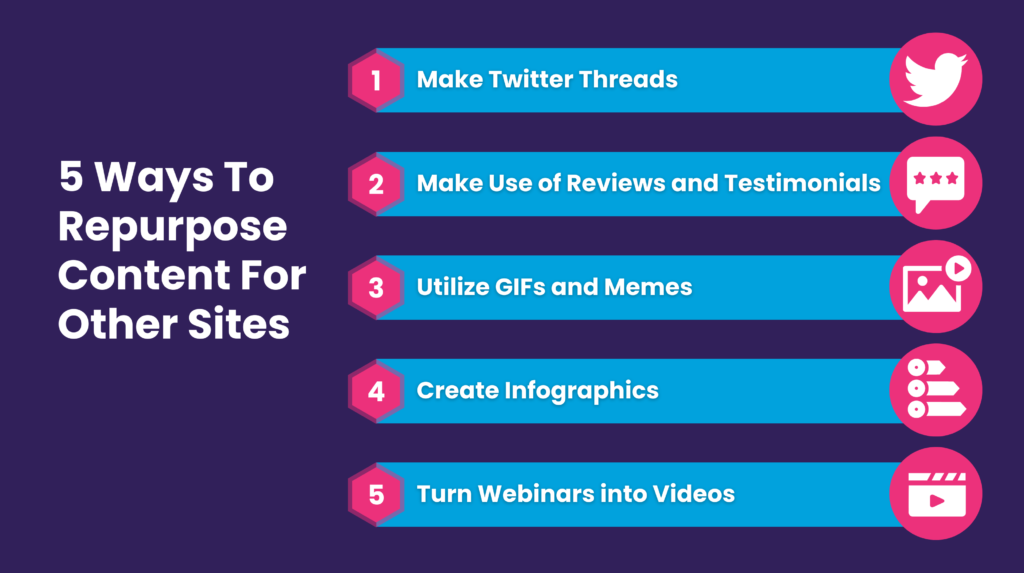Menu

With more brands utilizing content for their audiences, rising above the noise is another difficult task that healthcare and medicine blogs often face. It’s already challenging to fight misinformation and improve health literacy through publishing informative health content, but thinking about the right content length and form to publish is another obstacle to overcome.
Although longer pieces of content are essential to the success of a content marketing campaign, short content is also needed sometimes. When readers need a quick answer to their question, short-form or bite-sized content is the best way to deliver answers and brand messages efficiently.
Questions over the best content length have always ignited debates among different content creators. This is only understandable as the early forms of content marketing were always measured down to every inch in a newspaper column or every second on live radio.
But in today’s setting, long-form articles seem to be winning the discourse because they allow brands to include more links and attract more traffic organically. But this isn’t to say that healthcare brands should stop producing short-form content altogether – in fact, there are instances when shorter content is ideal for providing straightforward answers and catching the audience's attention.
One of the biggest considerations when deciding on the length of content is the attention span of audiences. Unfortunately, most readers have waning attention spans – a lot of them are time-poor so they want quick answers to their queries. Short-form allows brands to deliver easy-to-digest content without going too much into detail.
Short-form content also plays a crucial role in healthcare content marketing as much as long-form articles do, but most of its benefits are overlooked. For one, audiences find short-form content to be engaging, entertaining, and easy to consume.
The majority of netizens spend up to 10 hours scrolling through different content online, so they’re more likely to spend their time on a 3-minute read than a 3000-word article. Short-form content is also ideal for mobile devices since no reader scrolls through piles of text on their phone when deciding what to purchase.
Additionally, short-form content is also quick and convenient to make. They can even be derived or repurposed from longer content and packaged into digestible forms for different social media sites.
The idea behind short-form content is to write simple but memorable messages that explain one topic to healthcare audiences. They’re as important as long-form content so it’s best to always consider them when making a content marketing strategy.
When healthcare brands write engaging and high-quality content, they don’t always have to explain everything in great detail. Sometimes, audiences just need certain elements and their brain fills the gaps in your stories. If you’re still torn about whether to make a specific content long or short, just ask these following questions:
Short-form content doesn’t always have to be blog posts that have less than a thousand words – it can also come in the form of visual or audio content. And what makes short-form content quick and easy to make is that it doesn’t always require original ideas.
Brands can repurpose some of their longer content and repackage them into smaller pieces that are perfect for audiences on social media sites. Here are some of the best ways to repurpose content for other sites:

Tweets are great for educating audiences and establishing brand authority in healthcare and other industries. But when 280 characters aren’t enough to convey the brand message, then don’t hesitate to make it a bit longer with Twitter threads.
Creating threads provides additional context and extended points by connecting multiple tweets. They also encourage more engagement from audiences on the social media site, resulting in a wider organic reach.
Reviews and testimonials are some of the most important things for many healthcare brands. Potential clients are more likely to enlist a service if they find good reviews from previous patients. If there are good testimonials from your patients about the practice, make sure to ask for their consent and use their reviews in your content strategy.
Instead of letting the good reviews stay only on healthcare websites, brands can also post them on social media. This reassures other people when it comes to working with your brand since other patients in the same boat as them already had a good experience. These testimonials also help nurture existing customer relationships because it shows them that the practice cares about what they have to say.
Healthcare is often a serious topic, but a little humor now and then never hurt anyone. Making GIFs and memes is a great way to engage with the community and increase shares in a fun way.
If there are blog posts on the site that aren’t getting a lot of views, brands can spread the word to their followers to increase their visibility. Try to reintroduce important information from the blog post in a new way using GIFs or memes.
But as much as it’s fun to do it, always remember to be careful when using memes and riding trends. They should still be related to the brand and its image to create brand consistency. Your content shouldn’t just be clickable – it should also give value to your audiences to build a connection with them.
One of the biggest challenges in healthcare blogging is how to properly present important data and information to audiences. While long-form content like blog posts are useful in a way that they provide complete information to the reader, not everyone has the time or attention span to read through hundreds of words in one sitting.
Many audiences respond well to infographics, so it’s recommended that healthcare blogs use all the important data from an article and put them in an infographic instead. This kind of visual content simplifies complex concepts for readers by introducing data in charts, graphs, or diagrams.
Some audiences prefer watching and listening to webinars instead of reading long-form blogs. Healthcare brands can cross-post their webinars on different social media sites like Facebook and YouTube to reel in more audiences. They may also splice and post shorter videos that discuss important healthcare topics on their site or social media accounts.
Short-form and repurposed content can go a long way if done correctly. They’re just as important as long-form content in boosting engagement and building brand authority. To make repurposed content perform better, here are some important tips to remember:
Healthcare brands already have enough on their plate when operating their practice, so coming up with new ideas for content might not be their priority. Instead of always publishing long articles packed with important information about the healthcare industry, brands can choose to repurpose content and create shorter ones.
Always strive to make content creation much easier for the industry you’re working in, especially healthcare and medicine. With on-brand content, healthcare practices don’t have to stress themselves with getting caught up in character limits and word counts with strategic content building.
